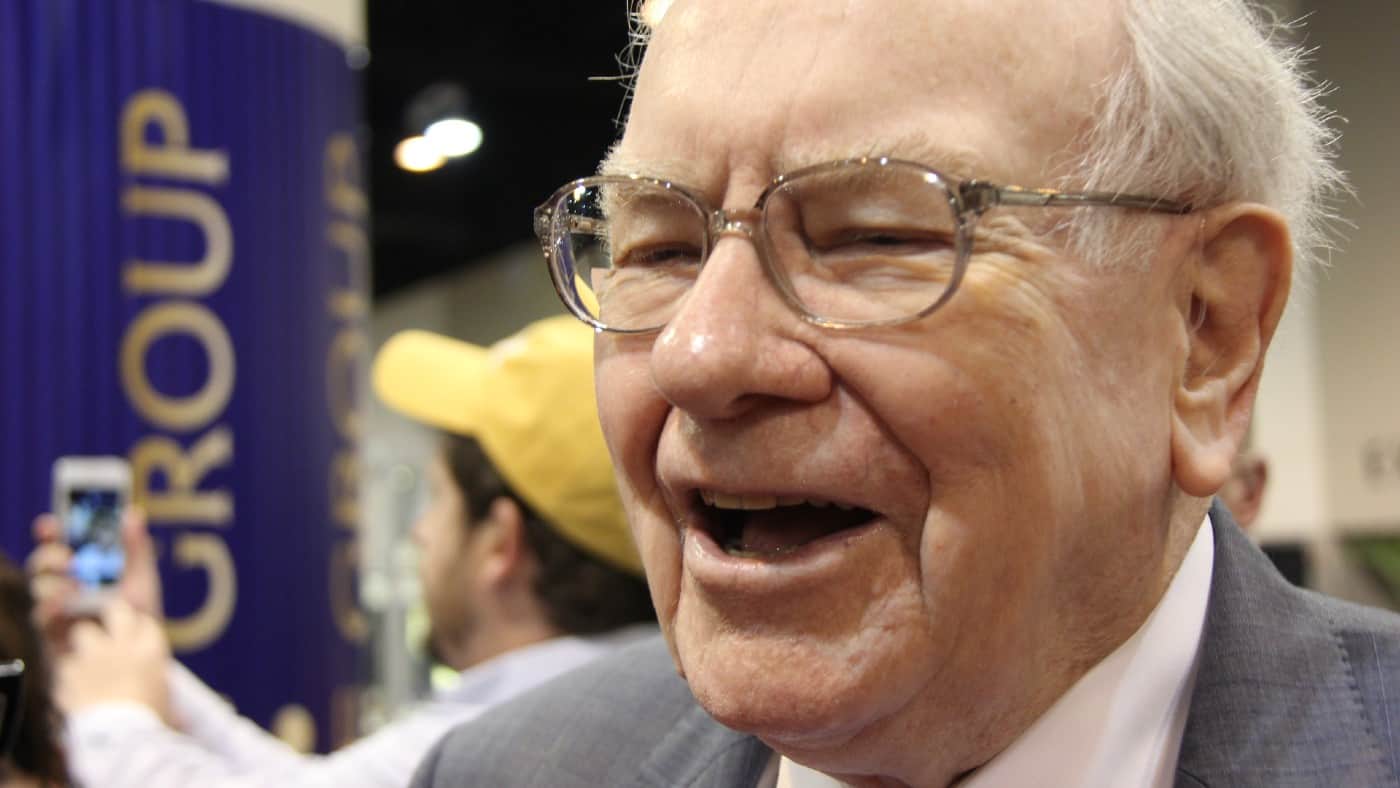There are plenty of professional stock pickers out there, but few come close to the track record that billionaire investor Warren Buffett has mustered. Despite the Berkshire Hathaway (NYSE:BRK.B) portfolio containing a large number of fairly dull businesses, the ‘Oracle of Omaha’ has achieved an average annualised return of 19.8% since 1965. And over the last 12 months, his investments are growing even faster, by 26%!
To put this in perspective, the FTSE 100 is actually down 3.3% over the same period. And even after including the returns from dividends, the performance still doesn’t come close. Even in the long run, the UK’s flagship index has only delivered an average gain of 8% a year.
So what’s behind this stark difference in performance? And how can UK investors take on Buffett’s investing principles?
Diversification vs concentration
On the surface, Berkshire Hathaway’s portfolio looks fairly diversified. There are just under 50 businesses under its umbrella, the majority of which were picked by Buffett. Combined, they cover a wide range of industries, from finance and consumer staples to energy and e-commerce.
Despite appearances, the portfolio is actually extremely concentrated. In fact, around 80% of Berkshire’s invested capital is in just five companies: Apple (50%), Bank of America (10%), American Express (8%), Coca-Cola (7%), and Chevron (5%).
With Apple representing half of the entire portfolio, it’s the dominant driver of returns. But is this actually wise? After all, if shares of Apple were to suddenly tumble, Berkshire’s portfolio would follow suit.
Buffett has made his views on the matter clear over the years: “Diversification is protection against ignorance”. In other words, if an investor knows what they’re doing, they don’t need it. However, even the most well-informed individual can still make a mistake or fall prey to an unforeseen threat. In such circumstances, diversification can drastically mitigate losses.
Personally, I’m comfortable following in Buffett’s footsteps and being concentrated. However, investors should always stay within their own risk tolerances.
Price vs value
As previously highlighted, investing heavily in a small collection of enterprises comes with additional risk. And even if an investor sucessfully identifies the best businesses in the world, they may still evolve into poor investments if the wrong price is paid.
Determining intrinsic value is where Buffett’s expertise lies. He’s become a master of figuring out the hidden value in companies to decide whether the stock price is a bargain or a trap. After all, overpaying for even a fantastic company can lead to lacklustre returns even in the long run.
This is where metrics such as the price-to-earnings (P/E) ratio come into the picture. It’s far from perfect when determining whether a stock is over- or under-valued. However, it can serve as a quick and useful starting point in working out whether a potential bargain exists.
A stock trading at a P/E multiple significantly lower than its peers could indicate a potential buying opportunity. Similarly, a high ratio could be a warning sign to steer clear until a better price emerges. In either case, investors must dig deeper.
The analytical process takes a lot of time. And in most cases, companies won’t meet Buffett’s strict quality and value criteria. However, every once in a while, a hidden gem may emerge. And investors who capitalise on such opportunities could reap market-beating returns.








